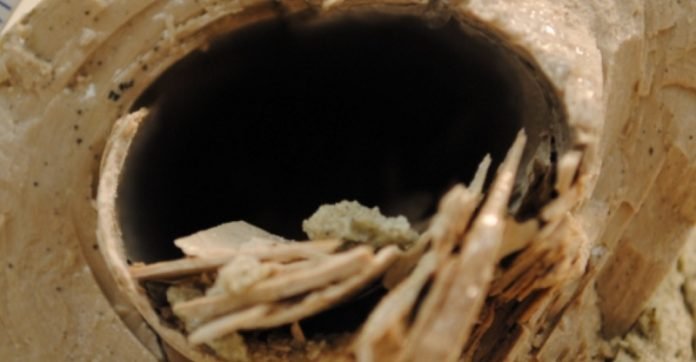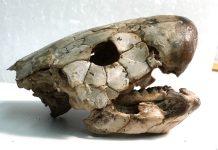
The meat-eating dinosaurs known as theropods that roamed the ancient Earth ranged in size from the bus-sized Tyrannosaurus rex to the smaller, dog-sized Velociraptor.
Scientists puzzling over how such wildly different dinosaur sizes evolved recently found — to their surprise — that smaller and larger theropod dinosaurs like these didn’t necessarily get that way merely by growing slower or faster.
In a U.S. National Science Foundation-supported paper published in Science, researchers including Ohio University scientists Patrick O’Connor and Riley Sombathy discovered through examining the bones of dinosaurs that there was no relationship between growth rate and body size.
“Most animals are thought to evolve to be larger by growing faster than their ancestors, but this study shows that it’s just as likely that bigger and smaller animals grew for longer or shorter periods of time during growth spurts,” said Michael D’Emic, a paleontologist at Adelphi University and lead author of the study.
The bones of many animals, including dinosaurs, slowed or paused growth every year, leaving marks like tree rings that indicate the animal’s age and can be used to estimate the rate of growth. “Rings like these are called cortical growth marks,” said D’Emic.
“Widely spaced rings indicate faster growth and narrowly spaced rings tell us that an animal was growing more slowly.”
D’Emic, O’Connor, Sombathy and a team of international researchers measured about 500 such growth rings in about 80 different theropod bones.
“We found that there was no relationship between growth rate and size,” said D’Emic. “Some gigantic dinosaurs grew very slowly, slower than alligators do today.
And some smaller dinosaurs grew very fast, as fast as mammals that are alive today.”
According to O’Connor, this study opens the door to future investigations of how animals regulate their growth.
“Alteration of different growth control mechanisms, at molecular or genetic levels, likely accounts for the range of developmental strategies our team observed in theropod dinosaurs.
Future studies of living organisms provide an opportunity to elucidate mechanisms related to the evolution of body size in vertebrates more generally.”
“This has really important implications because changes in rate versus timing can correlate to many other things, like how many or how large your offspring are, how long you live, or how susceptible to predators you are,” D’Emic added.
“Hopefully this research will spur investigations into other groups, both alive and extinct, to see what developmental mechanisms are most important in other types of animals.”
According to Yurena Yanes, a program director in NSF’s Division of Earth Sciences, “this study shows the wealth of biological knowledge that can be inferred from fossil bones, and challenges traditional views of growth rates and body size of theropods and possibly other major animal groups.”



